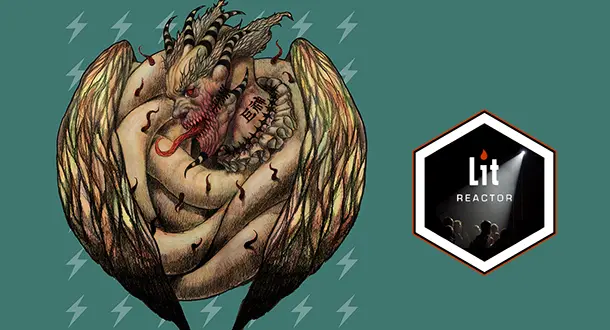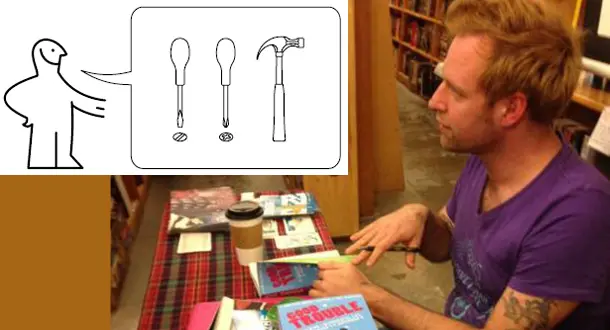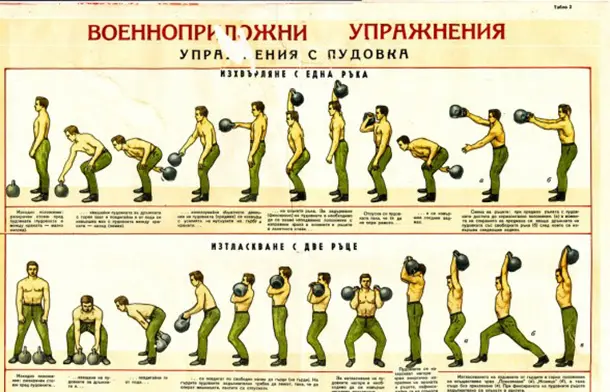Columns
Showing 3545 Columns
Showing 3545 Columns
March 3rd, 2016
Where to begin? That’s the real challenge here. Let’s re-state, just in case: Tyra Banks’ Modelland is the most batshit crazy thing I’ve ever read in my life.
Read Column →March 3rd, 2016
Hello darlings. Per my New Year's resolution, I've been writing much more this year than usual. It's exciting. I think words, I move my fingers, and they end up on a page. It doesn't work with anything else, though. Moving my fingers has never produced a kitten, for instance. But words are okay too.
Read Column →March 3rd, 2016
Richard Condon’s Cold War thriller, The Manchurian Candidate, is a great read. No, I take that back. It’s a superb read. It’s got everything I want in a political novel: a dirtbag politician, his manipulative bitch of a wife, a sinister threat to Our Way of Life (which Condon paints as rotten to the core), brainwashing, and, as a kind of running gag, a fairly unsympathetic protagonist who eventually fucks his mother.
Read Column →March 2nd, 2016
We're on the threshold of spring, and it's time for some cleaning. March is a good time to sit down with all the clutter that accumulated over winter and sort out garbage from what's worth keeping. That can include physical mess in a work space or a series of .doc files that haven't been opened since 2004.
Read Column →March 1st, 2016
This is the sixteenth post in Joe Biel’s Business of Publishing blog tour series. Each article attempts to spread information about best practices within the the publishing industry and clarify common confusions.
Read Column →March 1st, 2016
If you want to get the feel for a town, the strip clubs are a good place to start. Whether it’s the aggressive upselling in New York, the down-home friendliness in Nashville, or the head-spinning possibilities in Prague—mix men, naked women, and local ordinances, and you’re going to understand the spirit of a place pretty quick. Of all the places I’ve traveled, my favorite strip clubs are in Portland. I like them so much I decided to set my second book there, in a fictional vegan strip club.
Read Column →February 29th, 2016
Flash fiction: A style of fictional literature marked by extreme brevity Welcome to LitReactor's Flash Fiction Smackdown, a monthly bout of writing prowess. How It Works We give you inspiration in the form of a picture, poem, video, or prompt. You write a flash fiction piece using the inspiration we gave you. Put your entry in the comments section. One winner will be picked and awarded a prize.
Read Column →February 29th, 2016
Looking to buy a gift for the writer in your life? I’m going for something a little different here—you won’t find a book or many of the conventional gifts that ordinarily adorn these lists. I’m focussing on tools that have helped sharpen my craft and productivity, often indirectly. Remember you don’t need an excuse or a special day to inundate writers with presents—you can buy a gift at any time! And yes you can even buy a gift for yourself. Let’s get started.
Read Column →February 29th, 2016
Writers everywhere know that there’s comfort in the solitude that is the typical writing process, but it is often when we come out from behind the screen and connect with each other that we are able to make our stories great. There comes a point in every writer’s process where it becomes imperative that they receive some sort of outside feedback on a draft. For unagented writers, there is no better way to get that kind of in-depth feedback than through a critique group.
Read Column →February 29th, 2016
Image via Entertainment Weekly Now that Ant-Man has definitively proven that Disney can turn even the most obscure Marvel characters into box-office gold, the cinematic universe is finally expanding to include one of the more interesting if less famous Avengers: Doctor Strange. Although integral to the team in the comics, the good doctor has made few appearances on screen other than a lackluster animated direct-to-DVD adventure and a best-forgotten TV movie in the ‘70s.
Read Column →Submitting your manuscript?
Professional editors help your manuscript stand out for the right reasons.










